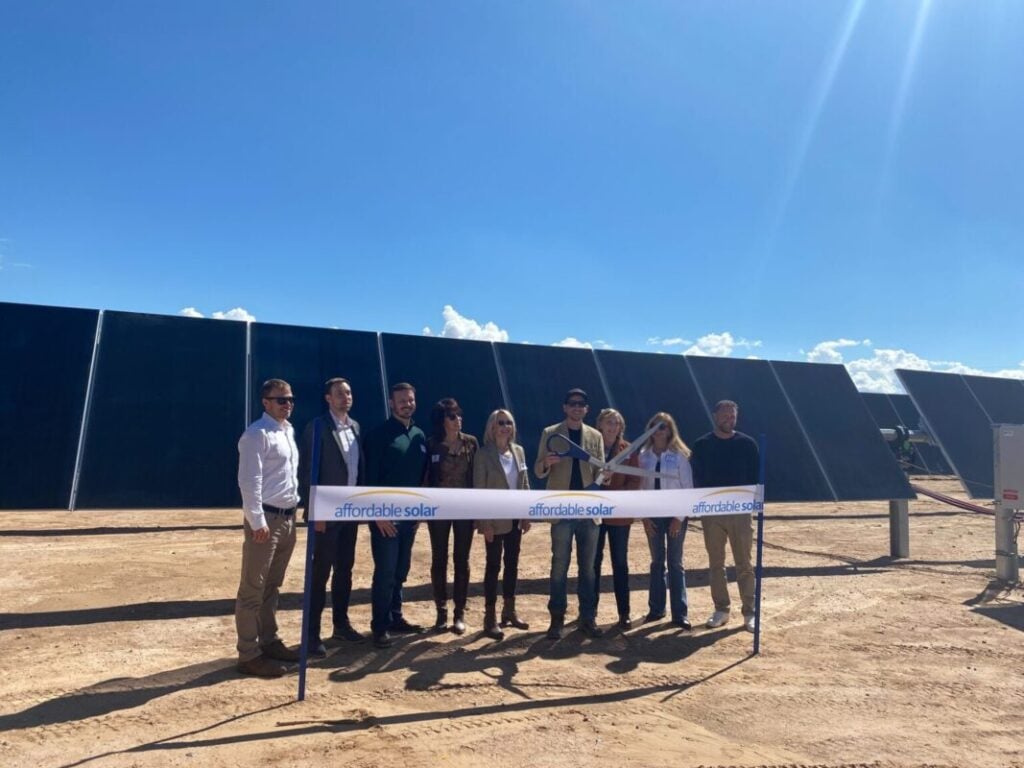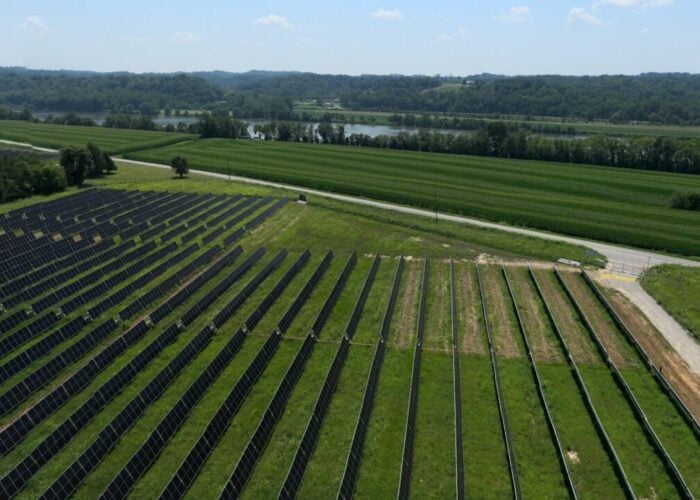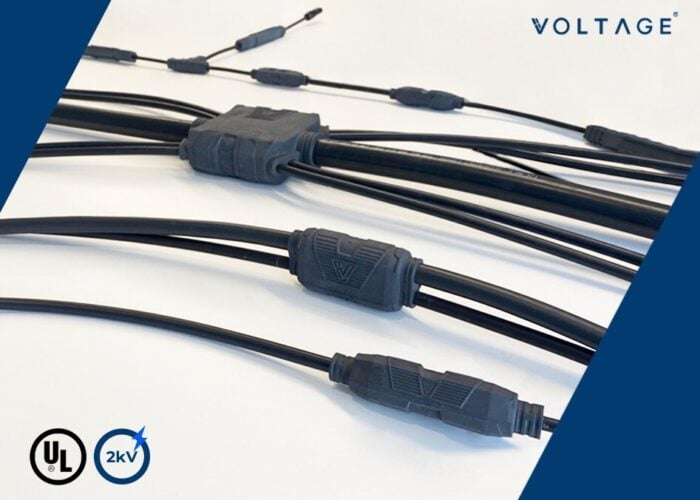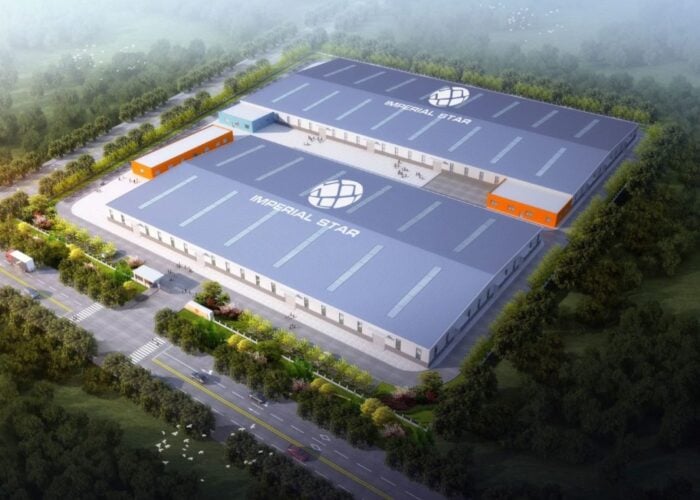
The passage of the One Big Beautiful Bill Act (OBBBA) in July 2025 is expected to slow down the pace of US community solar through 2030.
This is one of the key findings from a recent report from Wood Mackenzie in collaboration with the Coalition for Community Solar Access (CCSA), which noted that community solar installations declined by 36% year-on-year in the first half of 2025, with 437MW of new capacity added in H1.
Try Premium for just $1
- Full premium access for the first month at only $1
- Converts to an annual rate after 30 days unless cancelled
- Cancel anytime during the trial period
Premium Benefits
- Expert industry analysis and interviews
- Digital access to PV Tech Power journal
- Exclusive event discounts
Or get the full Premium subscription right away
Or continue reading this article for free
Moreover, Wood Mackenzie updated its cumulative five-year community solar outlook due to the passing of the OBBA and other federal policy changes. The new operational capacity outlook is 8% lower compared to the outlook published in Q2 2025.
The new legislation “has fundamentally altered the long-term market landscape, while slowing growth in mature markets” for community solar, said the companies.
The CCSA and Wood Mackenzie expect the market to contract by 29% this year. Steep declines in New York – the leading US state in community solar – and Maine have driven the contraction of community solar during the first six months of 2025.
“Overall, we expect national installed community solar capacity will contract by an average of 12% annually through 2030,” said Caitlin Connelly, senior analyst at Wood Mackenzie and lead author of the report.
This contrasts with the forecast made a year prior, when Wood Mackenzie forecast community solar to grow at an average annual rate of 5% until 2026 and shows how much the OBBBA has already impacted the community solar industry.
On top of the steep declines in mature markets, the report said that programmes in other major markets are close to or at capacity with their targets and other states – including Maryland, Massachusetts and New Jersey – have seen their transition to new programmes stalled.
New Jersey recently signed new legislation that seeks to build 3GW of new community solar by 2029.
Markets with no community solar legislation could help bring more capacity to the market but this year has proven difficult in passing new legislation, according to Wood Mackenzie.
“The early expiration of the Investment Tax Credit (ITC) will only add to this difficulty given the window for any new projects to secure tax credits is so small,” said Connelly, adding: “The passage of legislation in new markets could potentially add upwards of 1.1GW through 2030.”
Connelly added that at the end of H1 2025, there was more than 9GW of community solar projects under development, with more than 1.4GW known to be under construction.
“This report makes clear the challenges ahead — from federal uncertainty to interconnection delays and program caps — that must be addressed to realise the full potential of community solar and deliver the resilient, affordable power communities are asking for,” said Jeff Cramer, president and CEO of the CCSA.
New Mexico commissions its first community solar project
In related community solar news, the state of New Mexico saw its first community solar project commissioned.
Located in Valencia County, the Cuidando Los Niños Community Solar Project was developed by solar installer Affordable Solar. Half of the project’s energy production is reserved to support low-income households.
Construction of the community solar project began in February of this year. The project is part of a seven-community solar portfolio awarded in the state. These projects have a combined capacity of 35MW.
New Mexico signed legislation regarding a community solar programme back in 2021, which aimed to add 200MW of capacity and was then increased by 300MW last year, with an increased cap approved by the New Mexico Public Regulation Commission.
“This project proves that community solar works,” said Cory Felder, Mountain West regional director for the CCSA. “It delivers affordable power, local investment, and community benefits in a way no other clean energy program can.”






